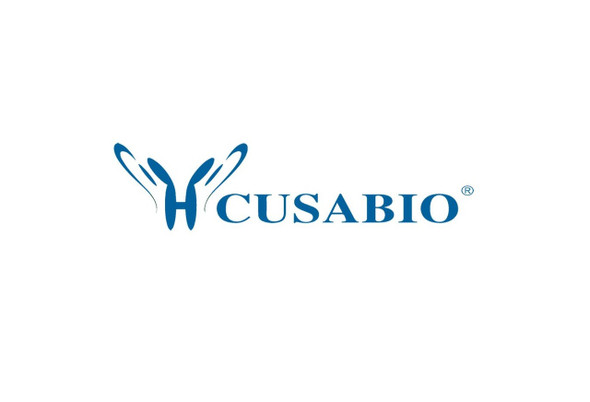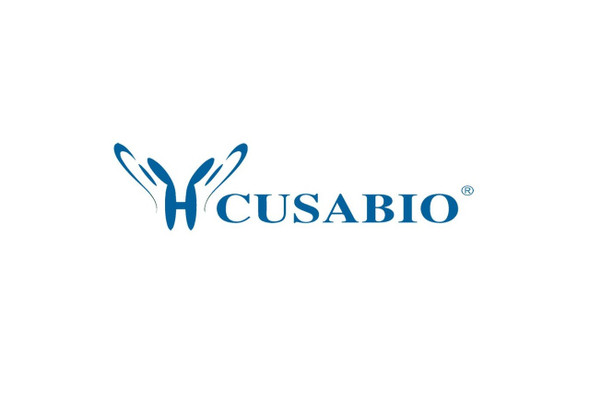Cusabio Escherichia coli Recombinants
Recombinant Escherichia coli S-ribosylhomocysteine lyase (luxS) | CSB-EP541717ENT
- SKU:
- CSB-EP541717ENT
- Availability:
- 3 - 7 Working Days
Description
Recombinant Escherichia coli S-ribosylhomocysteine lyase (luxS) | CSB-EP541717ENT | Cusabio
Alternative Name(s): AI-2 synthesis protein;Autoinducer-2 production protein LuxS
Gene Names: luxS
Research Areas: Others
Organism: Escherichia coli (strain K12)
AA Sequence: PLLDSFTVDHTRMEAPAVRVAKTMNTPHGDAITVFDLRFCVPNKEVMPERGIHTLEHLFAGFMRNHLNGNGVEIIDISPMGCRTGFYMSLIGTPDEQRVADAWKAAMEDVLKVQDQNQIPELNVYQCGTYQMHSLQEAQDIARSILERDVRINSNEELALPKEKLQELHI
Source: E.coli
Tag Info: N-terminal 6xHis-tagged
Expression Region: 2-171aa
Sequence Info: Full Length of Mature Protein
MW: 23.3 kDa
Purity: Greater than 90% as determined by SDS-PAGE.
Relevance: Involved in the synthesis of autoinducer 2 (AI-2) which is secreted by bacteria and is used to communicate both the cell density and the metabolic potential of the environment. The regulation of gene expression in response to changes in cell density is called quorum sensing. Catalyzes the transformation of S-ribosylhomocysteine (RHC) to homocysteine (HC) and 4,5-dihydroxy-2,3-pentadione (DPD).
Reference: Highly accurate genome sequences of Escherichia coli K-12 strains MG1655 and W3110.Hayashi K., Morooka N., Yamamoto Y., Fujita K., Isono K., Choi S., Ohtsubo E., Baba T., Wanner B.L., Mori H., Horiuchi T.Mol. Syst. Biol. 2:E1-E5(2006)
Storage: The shelf life is related to many factors, storage state, buffer ingredients, storage temperature and the stability of the protein itself. Generally, the shelf life of liquid form is 6 months at -20?/-80?. The shelf life of lyophilized form is 12 months at -20?/-80?.
Notes: Repeated freezing and thawing is not recommended. Store working aliquots at 4? for up to one week.
Function: Involved in the synthesis of autoinducer 2 (AI-2) which is secreted by bacteria and is used to communicate both the cell density and the metabolic potential of the environment. The regulation of gene expression in response to changes in cell density is called quorum sensing. Catalyzes the transformation of S-ribosylhomocysteine (RHC) to homocysteine (HC) and 4,5-dihydroxy-2,3-pentadione (DPD).
Involvement in disease:
Subcellular Location:
Protein Families: LuxS family
Tissue Specificity:
Paythway:
Form: Liquid or Lyophilized powder
Buffer: If the delivery form is liquid, the default storage buffer is Tris/PBS-based buffer, 5%-50% glycerol. If the delivery form is lyophilized powder, the buffer before lyophilization is Tris/PBS-based buffer, 6% Trehalose, pH 8.0.
Reconstitution: We recommend that this vial be briefly centrifuged prior to opening to bring the contents to the bottom. Please reconstitute protein in deionized sterile water to a concentration of 0.1-1.0 mg/mL.We recommend to add 5-50% of glycerol (final concentration) and aliquot for long-term storage at -20?/-80?. Our default final concentration of glycerol is 50%. Customers could use it as reference.
Uniprot ID: P45578
HGNC Database Link: N/A
UniGene Database Link: N/A
KEGG Database Link: KEGG
STRING Database Link: STRING
OMIM Database Link: N/A









